What is Prostate Cancer?
Prostate Cancer
A frequent male cancer, prostate cancer affects the world. The walnut-sized prostate gland below the bladder and in front of the rectum grows this. This gland feeds and transfers sperm with seminal fluid. Prostate cancer can result from uncontrolled cell development. Early detection and treatment of prostate cancer are vital for men’s health and quality of life.
Regular screening and health check-up is important because the disease progresses slowly and may not be visible. Severe prostate cancer can spread to bones and lymph nodes. It mostly affects older males, but it can happen at any age, emphasizing the need for awareness and prevention. Discover prostate cancer kinds, causes, early indicators, and therapies in this thorough post.
Understanding this Cancer Type
Uncontrolled prostate cell growth causes cancer and slowly prostate cancer spreads. Cancerous cells can travel to bones, lymph nodes, and organs. Semen from male prostate glands aids reproduction. Only lung cancer kills more men than prostate cancer. It is the most common cancer types among the men in US. As per the estimation of American Cancer Society, 1 among 8 men develop prostate cancer in their whole life. The statistics of Prostate cancer in the US for 2025 are given as below:
- New cases 313,780
- Deaths 35,770
Not all prostate tumours behave similarly. A slow-moving prostate tumour may need monitoring. Some are aggressive and demand immediate treatment. PSA blood tests and DREs are needed to detect and treat the condition early. Understanding prostate cancer involves its risks and the need for regular screenings. Later parts discuss age, genetics, and lifestyle in this illness.
Types of Prostate Cancer
Each prostate cell type has unique features and produces prostate cancer. Kind impacts prostate cancer behaviour, treatment, and prognosis. Below are the main types of prostate cancer.
Adenocarcinoma
Most prostate tumours are adenocarcinoma (95%). Seminal fluid comes from prostate cells. Most prostate glandular cells develop acinar adenocarcinoma. Ductal adenocarcinoma, a rarer and more aggressive prostate duct cell cancer, grows quickly and requires vigorous treatment.
Small-cell Carcinoma
Rare and aggressive small cell carcinoma accounts for less than 1% of prostate cancer cases. This fast-growing neuroendocrine cell-derived type reacts poorly to hormone therapy, making management challenging and requiring special procedures.
Uro-transient Cell Cancer
Urethral or prostatic duct cells start transitional cell carcinoma. This rare kind commonly leads to prostate-spreading bladder cancer, requiring coordinated therapy.
Squamous Cell Carcinoma
Squamous cell cancer, another rare type, begins with flat prostate cells. Early detection and personalized therapy improve outcomes because it is aggressive and resistant to traditional treatments.
Brain Cancer
Prostate hormone-producing cells cause rare neuroendocrine tumours. Therapy is difficult because malignant cancers spread quickly.
Rare Disorders like Sarcomas
Lymphomas and connective tissue sarcomas are rare prostate malignancies. These cancers are rare and biological, requiring specialized diagnosis and treatment.
Biopsy and histology help diagnose and treat prostate cancer.
Main Cause of Prostate Cancer
An unknown complex interaction of inherited, environmental, and behavioural variables causes prostate cancer. Prostate DNA abnormalities cause cancer and unregulated cell proliferation. Many risk factors raise disease risk, but the explanation is unknown.
Prostate cancer is rare in males under 40 but common after 50, especially in seniors. Age poses the greatest risk. A father or brother with prostate cancer increases risk, suggesting genetics. BRCA1 and BRCA2 mutations increase prostate cancer risk.
Male African Americans are more prone than Asian or Hispanic guys to have aggressive illness. Fruits, vegetables, and omega-3s lessen risk, while red meat, processed meals, and saturated fats increase it. Inactivity and obesity increase prostate cancer risk.
Prostate cancer cells grow with testosterone, making hormones important. Hormonal changes may cause it. Pesticides and industrial pollutants may increase risk, although data is scarce.
These factors boost prostate cancer risk but do not assure it. These risk variables help men choose screening, lifestyle, and prevention.
Early Signs of Prostate Cancer
Early prostate cancer detection improves treatment outcomes, yet early indications are poor or non-existent. Medical evaluation is needed to diagnose BPH or urinary tract infections, which may have similar symptoms.
Starting or stopping the flow, weak or interrupted urine flow, or frequent urinating, especially at night, are common. Men may urinate bloody or scorching. Blood in the semen, erectile dysfunction, and painful ejaculation are early indicators.
Pelvic or lower back, hip, or thigh pain may indicate advanced prostate cancer. Unexpected weight loss, exhaustion, or lymphatic or vascular blockage might produce leg or pelvic edema in severe cases.
These symptoms require medical care and are not prostate cancer-specific. PSA, digital rectal, and imaging tests diagnose and stage prostate cancer.
Prostate Cancer Treatment Options
Stage, grade, health, and preferences dictate prostate cancer treatment. Each prostate cancer treatment has pros and cons. The following treatments are primary.
Active Observation
Prostate cancers of low risk and slow growth may benefit from waiting. With PSA, DREs, and biopsies, active surveillance tracks cancer growth without treatment. Watchful waiting for older or sicker patients emphasizes symptom control over cancer treatment.
Surgery
Radical prostatectomy removes the prostate and tissue. Local malignancies are operated on openly, laparoscopically, or robotically. Surgery can cure but cause incontinence and ED.
Radiotherapy
Hi-energy radiation destroys cancer cells. EBRT radiates outside, while brachytherapy implants radioactive seeds in the prostate. Radiation might cause urinary and gastrointestinal difficulties for localized cancers or supplements.
Hormone Treatment
Male hormones that promote prostate cancer decrease with ADT. It is sometimes used with radiation for advanced or metastatic malignancies or high-risk patients. Although effective, it can cause hot flashes, libido loss, and bone weakness.
Chemotherapy
Chemotherapy kills rapidly dividing prostate cancer cells that no longer react to hormone therapy. It may cause nausea, fatigue, and infection but improve survival.
Immunotherapy, Targeted Drugs
In advanced cancer, immunotherapy like sipuleucel-T increases immunity. Targeted medications target cancer-growing biological pathways for precision and fewer adverse effects. These medicines are used in genetic profiling and clinical studies.
New Medications and Trials
New prostate cancer immunotherapies, targeted medicines, and precision medicine are being developed. Clinical trials offer cutting-edge cancer treatments for advanced or resistant malignancies.
Some of the anticancer medicines that can be considered as an effective Prostate cancer treatment option are given below. Please consult your healthcare professional for more information.
- Estramustine Phosphate Capsule
- X-Trant Capsules
- Docetaxel Injection
- Lupride Injection
- Abiraterone Acetate Tablets
Conclusion
We have seen above key details pertaining to prostate cancer. Interdisciplinary prostate cancer diagnosis, therapy, and management are needed. Men can prevent prostate cancer by learning its forms, causes, early indicators, and therapies. Healthy lifestyle, regular screenings, and informed healthcare professional talks are needed for early detection and management. Progress in prostate cancer research gives patients hope for better outcomes and quality of life.
Also Read,





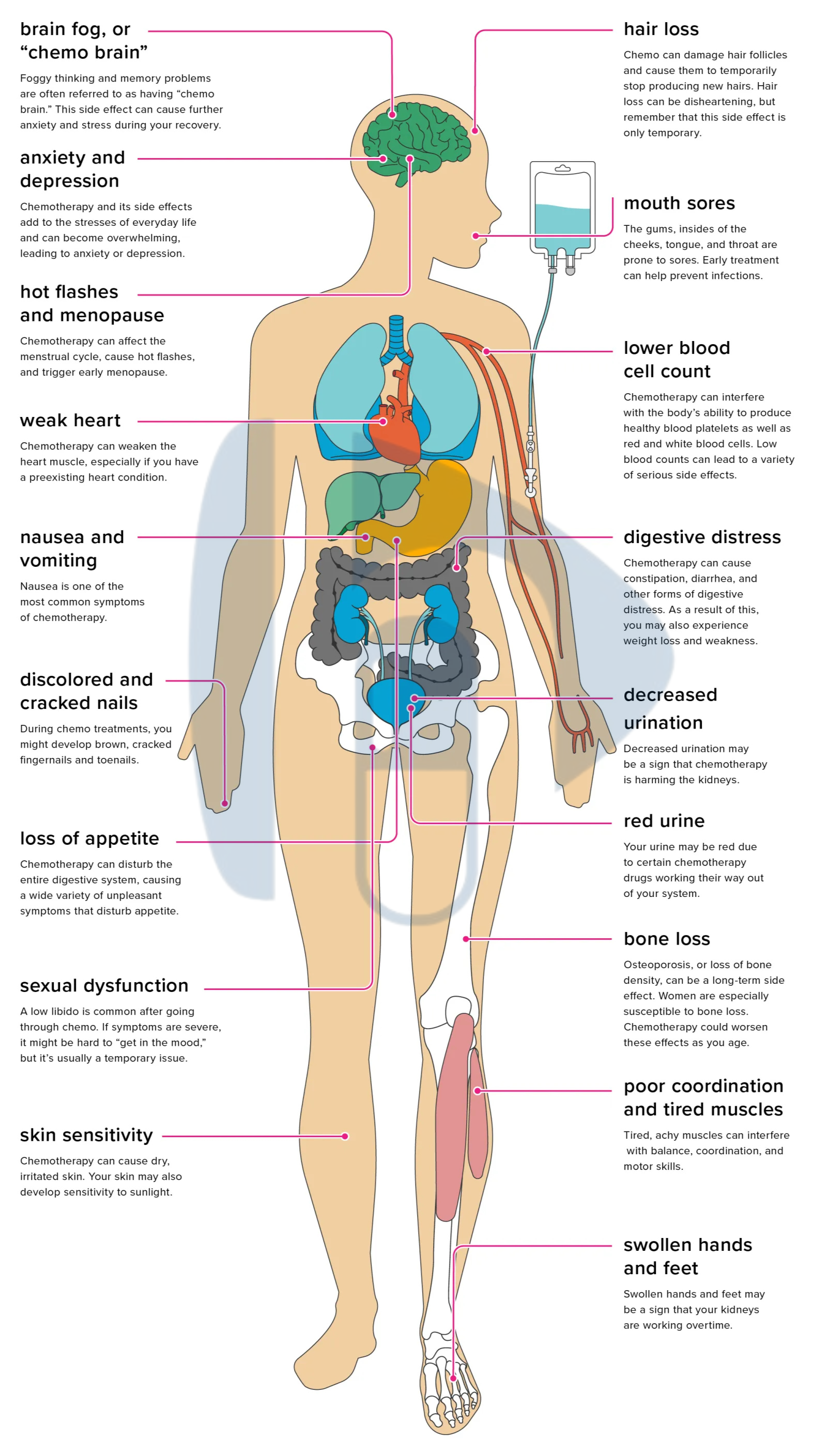



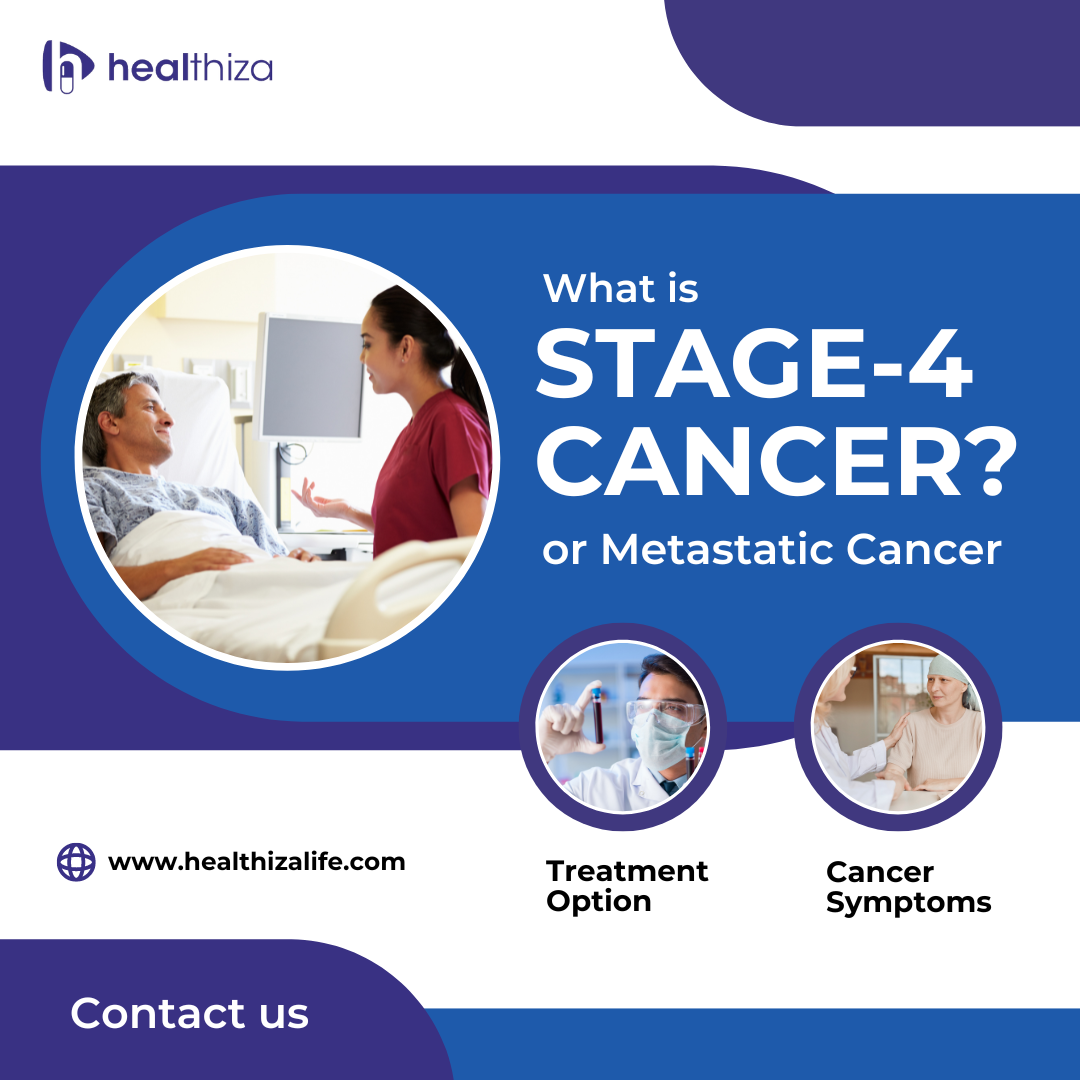
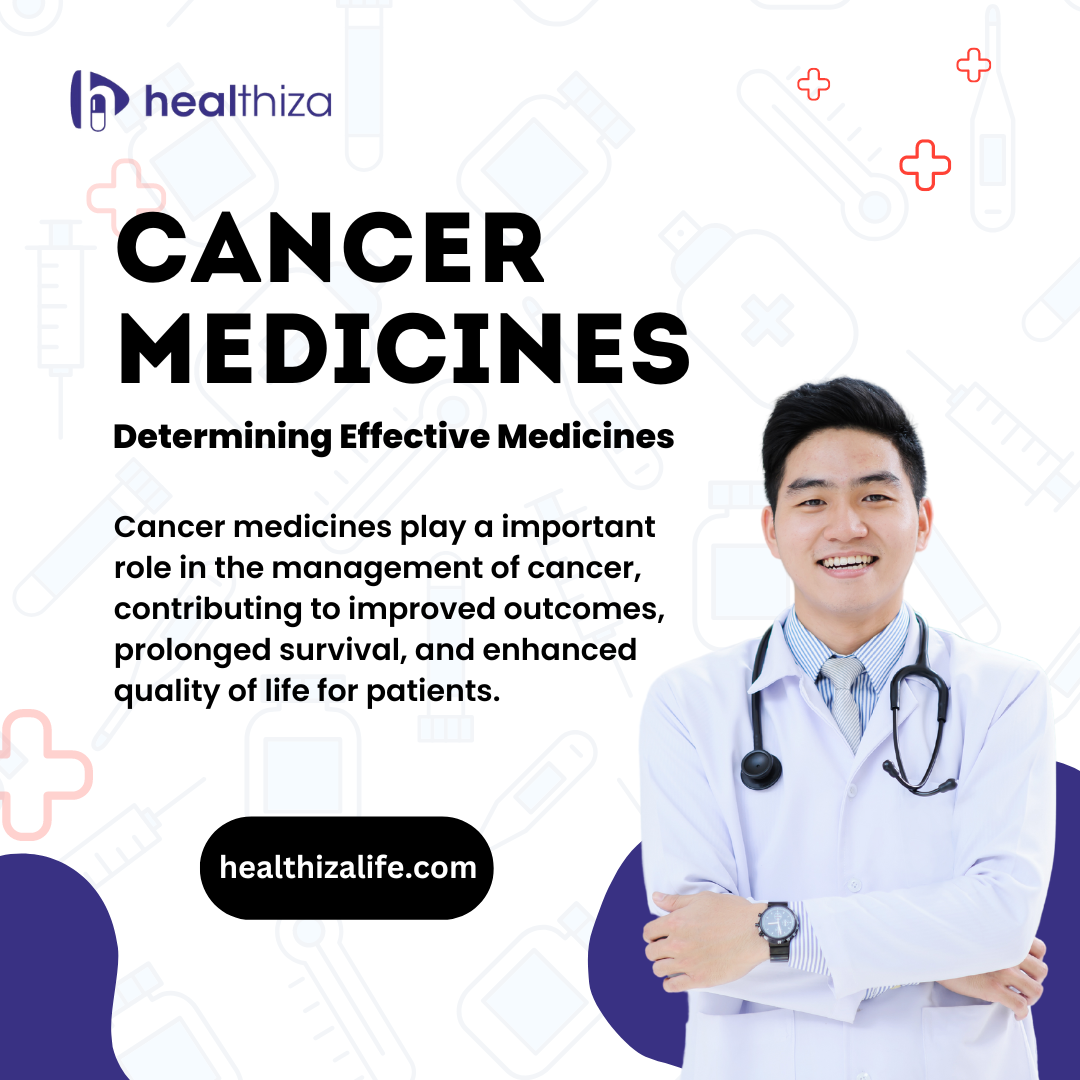


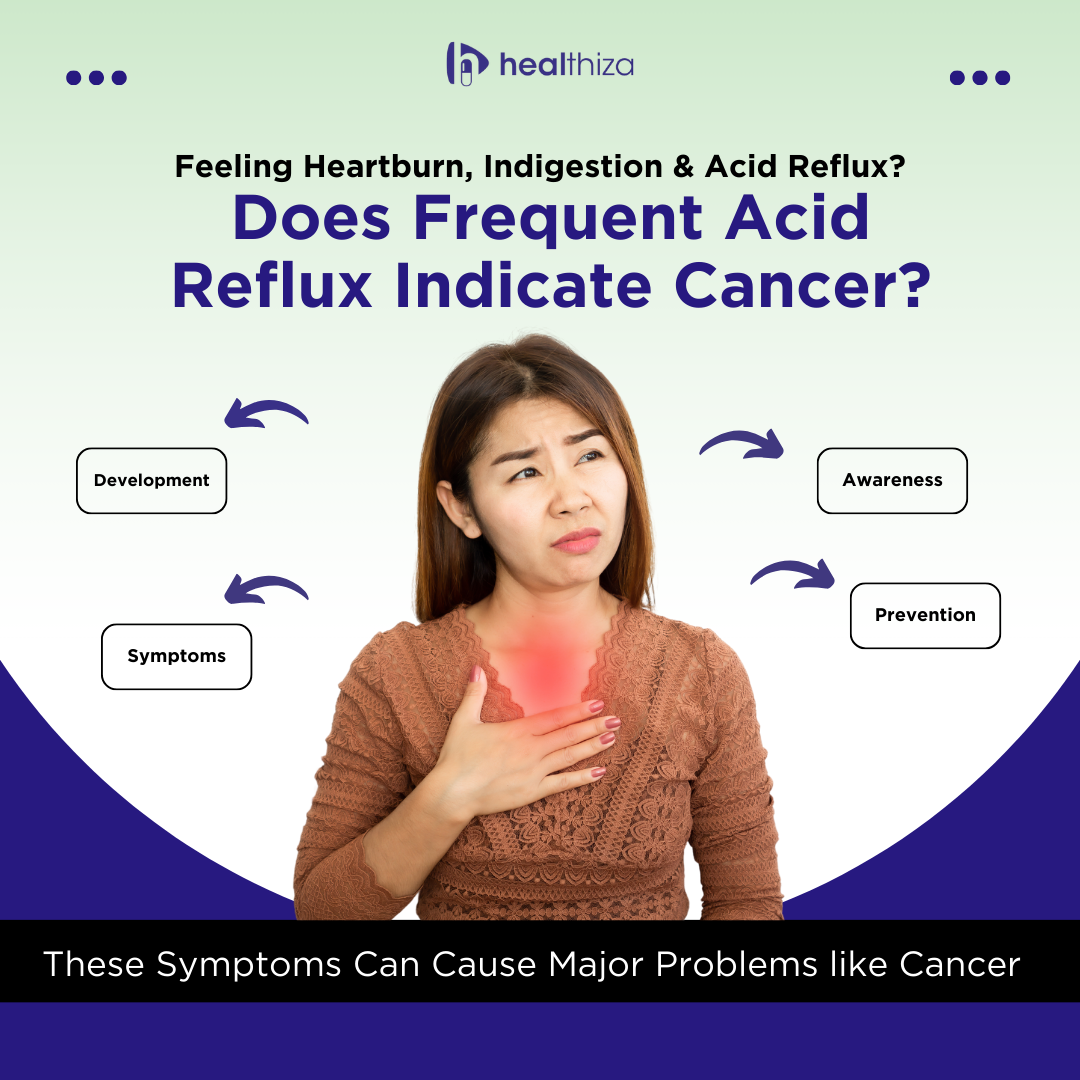

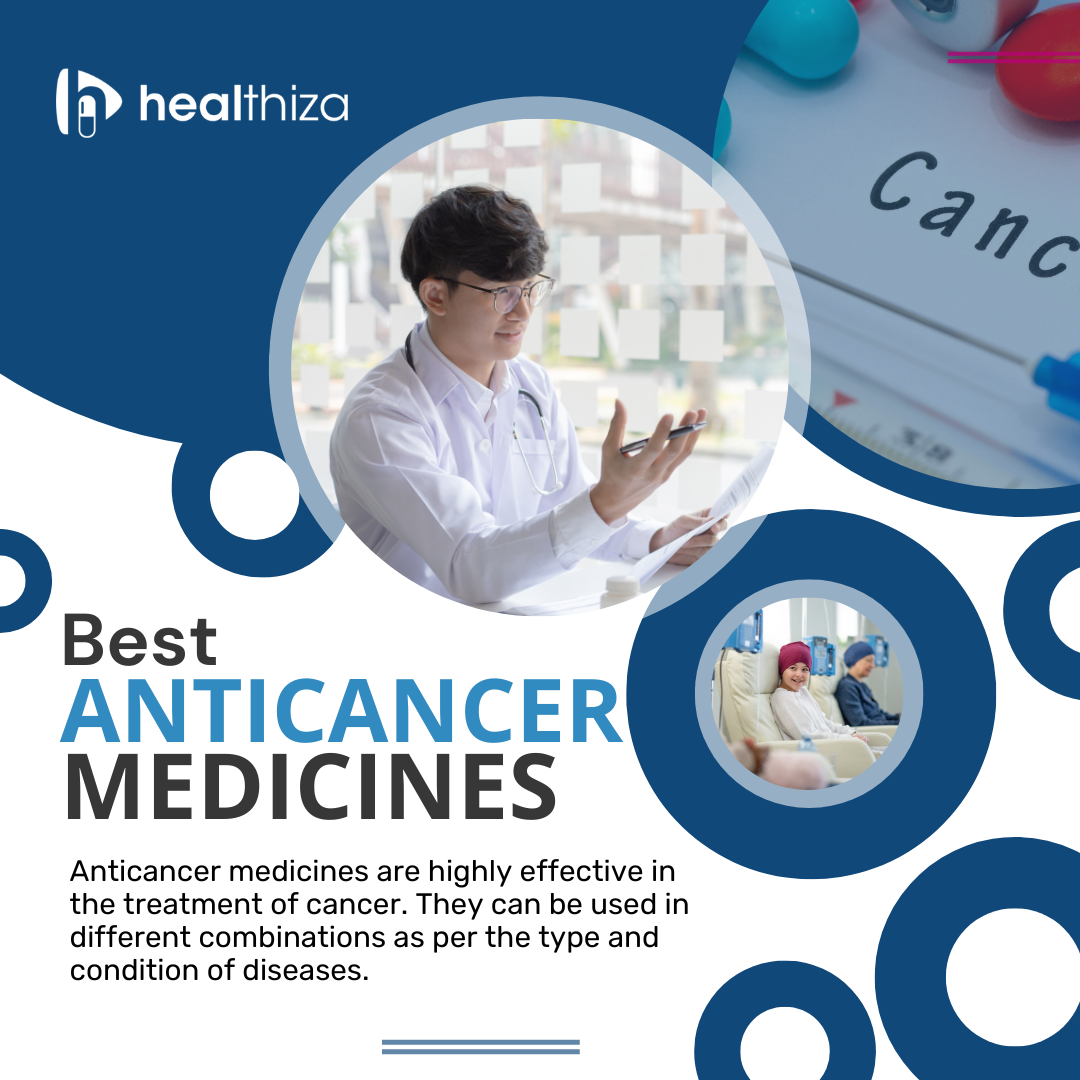
 Bevacizumab Injection is a cancer-fighting medicine. It’s used to treat colon and rectum cancers, as well as non-small cell lung cancer, kidney cancer, brain tumours, and ovarian and cervical cancers. It helps to halt tumour growth by preventing the creation of new blood vessels that feed tumours. When used with other cancer medications, bevacizumab Injection is an excellent first-line choice.
Bevacizumab Injection is a cancer-fighting medicine. It’s used to treat colon and rectum cancers, as well as non-small cell lung cancer, kidney cancer, brain tumours, and ovarian and cervical cancers. It helps to halt tumour growth by preventing the creation of new blood vessels that feed tumours. When used with other cancer medications, bevacizumab Injection is an excellent first-line choice.  Trastuzumab injection is a type of anticancer medicine that is used to treat some types of breast, stomach, and esophageal cancers. It is sometimes used in conjunction with other cancer drugs. This medicine is used to treat cancers that produce an excessive amount of a chemical known as HER2 protein. It is a drug that works by slowing or preventing the growth of cancer cells. It is occasionally used when cancer has spread to other places of the body.
Trastuzumab injection is a type of anticancer medicine that is used to treat some types of breast, stomach, and esophageal cancers. It is sometimes used in conjunction with other cancer drugs. This medicine is used to treat cancers that produce an excessive amount of a chemical known as HER2 protein. It is a drug that works by slowing or preventing the growth of cancer cells. It is occasionally used when cancer has spread to other places of the body. 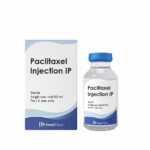 Paclitaxel Injection is an effective anticancer medicine. It is used to treat Breast, Pancreatic, and non-small cell Lung cancer. This medication can be used alone or in conjunction with other drugs or treatments such as chemotherapy. It improves breast cancer symptoms such as breast lumps, bloody nipple discharge, and changes in the form or texture of the breast. Paclitaxel Injection destroys or slows the tumour growth while also preventing them from multiplying.
Paclitaxel Injection is an effective anticancer medicine. It is used to treat Breast, Pancreatic, and non-small cell Lung cancer. This medication can be used alone or in conjunction with other drugs or treatments such as chemotherapy. It improves breast cancer symptoms such as breast lumps, bloody nipple discharge, and changes in the form or texture of the breast. Paclitaxel Injection destroys or slows the tumour growth while also preventing them from multiplying.  Bortezomib injection is an anticancer medicine that is used to treat multiple myeloma and mantle-cell lymphoma. It works by preventing or decreasing protein degradation in cells. As a result, the number of proteins in cancer cells increases, leading to their elimination.
Bortezomib injection is an anticancer medicine that is used to treat multiple myeloma and mantle-cell lymphoma. It works by preventing or decreasing protein degradation in cells. As a result, the number of proteins in cancer cells increases, leading to their elimination.  Abiraterone Acetate Tablets are a cancer-fighting drug. It works by suppressing the generation of androgen (male hormone) in men to treat prostate cancer that has progressed to other parts of the body. It is prescribed for men who are unable to treat their prostate cancer with surgeries or other medications. Abiraterone acts by inhibiting the production of androgen in the body. Androgens are man hormones that can encourage prostate gland tumour growth.
Abiraterone Acetate Tablets are a cancer-fighting drug. It works by suppressing the generation of androgen (male hormone) in men to treat prostate cancer that has progressed to other parts of the body. It is prescribed for men who are unable to treat their prostate cancer with surgeries or other medications. Abiraterone acts by inhibiting the production of androgen in the body. Androgens are man hormones that can encourage prostate gland tumour growth.  Dasatinib tablet is used to treat blood cancer (chronic myeloid leukemia-CML, acute lymphoblastic leukemia-ALL). It is used in people whose condition has not responded to existing leukaemia medicines or who are unable to use these medications due to side effects. It works by stopping or preventing cancer cell proliferation.
Dasatinib tablet is used to treat blood cancer (chronic myeloid leukemia-CML, acute lymphoblastic leukemia-ALL). It is used in people whose condition has not responded to existing leukaemia medicines or who are unable to use these medications due to side effects. It works by stopping or preventing cancer cell proliferation.  It is used in the treatment of Breast cancer, Pancreatic cancer, Lung cancer and Kidney cancer. Moreover, it is also used to control the immune system during organ transplantation. A transplanted organ, such as a liver or kidney, can potentially be attacked or “rejected” by the immune system. Because the immune system considers the new organ as an invader. Everolimus tablet is used to keep organs from rejecting following a kidney or liver transplant. It controls the immune response of the body so that the new organ can be accepted.
It is used in the treatment of Breast cancer, Pancreatic cancer, Lung cancer and Kidney cancer. Moreover, it is also used to control the immune system during organ transplantation. A transplanted organ, such as a liver or kidney, can potentially be attacked or “rejected” by the immune system. Because the immune system considers the new organ as an invader. Everolimus tablet is used to keep organs from rejecting following a kidney or liver transplant. It controls the immune response of the body so that the new organ can be accepted.  Erlotinib tablet is used to cure certain types of non-small cell lung cancer that have progressed to neighbouring tissues in patients who have failed to respond to at least one other chemotherapy medicine. It is also used in conjunction with another drug “gemcitabine” to cure pancreatic cancer that has progressed to neighbouring tissues or other parts of the body and is resistant to surgery. It works by preventing cancer cells from multiplying by stopping the action of an aberrant protein. This slows or stops cancer cells from spreading.
Erlotinib tablet is used to cure certain types of non-small cell lung cancer that have progressed to neighbouring tissues in patients who have failed to respond to at least one other chemotherapy medicine. It is also used in conjunction with another drug “gemcitabine” to cure pancreatic cancer that has progressed to neighbouring tissues or other parts of the body and is resistant to surgery. It works by preventing cancer cells from multiplying by stopping the action of an aberrant protein. This slows or stops cancer cells from spreading. 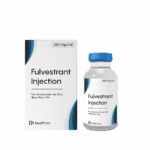 Fulvestrant injection is often used alone or in combination with other medications to treat advanced breast cancer or breast cancer that has spread to other parts of the body in women who have gone through menopause and have not been treated with an anti-estrogen medication like tamoxifen.
Fulvestrant injection is often used alone or in combination with other medications to treat advanced breast cancer or breast cancer that has spread to other parts of the body in women who have gone through menopause and have not been treated with an anti-estrogen medication like tamoxifen. 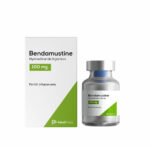 Bendamustine injection is used to treat chronic lymphocytic leukaemia (CLL) (CLL; a type of cancer of the white blood cells). It is also used to treat a kind of slow-spreading non-Hodgkins lymphoma (NHL: cancer that starts in a type of white blood cell that ordinarily fights infection) that has worsened during or after therapy with another drug. This injection can be used alone as well as in conjunction with other medications as part of a chemotherapy treatment plan. It works by eliminating existing cancer cells and stopping new cancer cells from growing.
Bendamustine injection is used to treat chronic lymphocytic leukaemia (CLL) (CLL; a type of cancer of the white blood cells). It is also used to treat a kind of slow-spreading non-Hodgkins lymphoma (NHL: cancer that starts in a type of white blood cell that ordinarily fights infection) that has worsened during or after therapy with another drug. This injection can be used alone as well as in conjunction with other medications as part of a chemotherapy treatment plan. It works by eliminating existing cancer cells and stopping new cancer cells from growing.  Cetuximab Injection is used to treat a kind of head and neck cancer that has progressed to neighbouring tissues or other sections of the body. It is also used to treat a form of colon (large intestine) or rectum cancer that has progressed to other parts of the body, either alone or in conjunction with other drugs. It helps to slow down or prevent cancer cell proliferation.
Cetuximab Injection is used to treat a kind of head and neck cancer that has progressed to neighbouring tissues or other sections of the body. It is also used to treat a form of colon (large intestine) or rectum cancer that has progressed to other parts of the body, either alone or in conjunction with other drugs. It helps to slow down or prevent cancer cell proliferation.  It is used in the treatment of chronic lymphocytic leukaemia (CLL; a form of white blood cell cancer) in individuals who have failed to improve after receiving at least one other treatment. Fludarabine injection belongs to the purine analogues class of drugs. It works by reducing or preventing cancer cell development in the body.
It is used in the treatment of chronic lymphocytic leukaemia (CLL; a form of white blood cell cancer) in individuals who have failed to improve after receiving at least one other treatment. Fludarabine injection belongs to the purine analogues class of drugs. It works by reducing or preventing cancer cell development in the body. 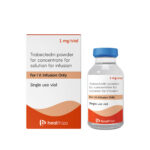 Trabectedin Injection is used in the treatment of liposarcoma (fat cell cancer) or leiomyosarcoma (smooth muscle cancer) that has migrated to other areas of the body and cannot be cured with surgery in persons who have already received specific chemotherapy drugs. It works by reducing or preventing cancer cell development in the body.
Trabectedin Injection is used in the treatment of liposarcoma (fat cell cancer) or leiomyosarcoma (smooth muscle cancer) that has migrated to other areas of the body and cannot be cured with surgery in persons who have already received specific chemotherapy drugs. It works by reducing or preventing cancer cell development in the body.  Procarbazine Capsule is used in the treatment of Hodgkin’s disease, commonly known as Hodgkin’s lymphoma. It functions by preventing the creation of proteins, RNA, and DNA, which is helpful in halting the expansion of cancer cells within the body.
Procarbazine Capsule is used in the treatment of Hodgkin’s disease, commonly known as Hodgkin’s lymphoma. It functions by preventing the creation of proteins, RNA, and DNA, which is helpful in halting the expansion of cancer cells within the body.  Gefitinib Tablets is a non-steroidal anti-inflammatory drug (NSAID) that is used to treat cell lung cancer. It is a type of anticancer medicines that prevents cancer cells from growing and spreading in the body. It’s utilised in people who have cancer that’s progressed to other parts of their bodies, have faulty epidermal growth factor receptor (EGFR) genes, and haven’t had previous cancer treatment.
Gefitinib Tablets is a non-steroidal anti-inflammatory drug (NSAID) that is used to treat cell lung cancer. It is a type of anticancer medicines that prevents cancer cells from growing and spreading in the body. It’s utilised in people who have cancer that’s progressed to other parts of their bodies, have faulty epidermal growth factor receptor (EGFR) genes, and haven’t had previous cancer treatment. 